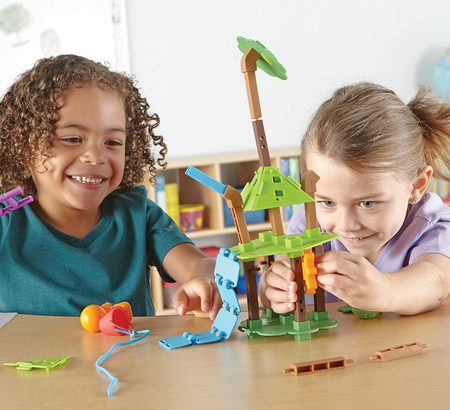Are students happy and excited about learning most of the time?
Humans of all ages love to learn new things and master new skills. And yet, school choice remains daunting for many parents. If you seldom see the joy of learning on your student’s face, find out why. Start by spending time with the student, asking questions about what he or she is experiencing, and listening carefully to the answers.
Are students exposed to knowledge and skills they are ready to learn?
Great teachers start where students are, and guide them to the next step. A class loved by one student may be confusing to another, simply because the students are at different levels. Confusion produces stress which shuts down learning. Richard Whitehead highlights the role of confusion in sidetracking learning in his fascinating book, Why ‘Tyrannosaurus’ But Not ‘If’?: The Dyslexic Blueprint for the Future of Education.
Are students allowed to progress at their own rate, while being encouraged to try new skills?
Happy, engaged learners move from mastering one new idea to tackling the next one. Some learners need a little nudge to try new things, while others run ahead, trying things they aren’t ready for yet. Either way, students benefit by taking time to master each skill, then moving to the next one. This works far better than forcing a student into a pace that is too fast or too slow. Excellent schools value individualized pacing.
Are students learning to participate as confident members of a community, or are they becoming bullies or victims?
Bullies and victims signal an extremely unhealthy environment. This type of “socialization” does not make students tough and resilient! In fact, the fear and stress of such a setting can reduce students to survival mode, ending almost all learning. Search for schools that make students feel safe and valued.
Are the students’ basic needs met: safety, nutrition, sleep, and belonging?
The environment plays such a great role in how a student responds to knowledge! None of us learn well at any age if we feel unsafe, or we feel hungry, or we didn’t get enough sleep. Harder to measure, but just as important, is a sense of belonging. Students who feel accepted and valued as part of the group overcome many other disadvantages. When making a school choice, attend to how the school supports rest and nutrition. This may show up as a limit on homework time or healthy school lunches. If possible, choose a school or home environment that promotes a feeling of being part of a group or “tribe” that the student identifies with by choice.
Are students encouraged to express many kinds of intelligence?
Every brain on the planet is different. As Howard Gardner wrote in Frames of Mind: The Theory of Multiple Intelligences, intelligence and learning can be expressed as linguistic, mathematical, visual, physical, intrapersonal, or interpersonal (people skills). There’s also musical and nature intelligence — and certainly a host of others! If a classroom environment rewards ONLY reading, writing, and math — important as these are — some students will not develop their gifts fully or experience the joy of learning.
Are students being mentored by a trusted adult who cares about who they are and understands their individual dreams, needs, and abilities?
The world bulges with knowledge. Furthermore, the internet spreads a feast of information across the planet. So why isn’t everyone highly educated? Because most of us only learn if someone cares about our learning. Thus, great lesson plans and presentations only go so far. So, students need to connect emotionally with a trusted teacher or parent to make the learning matter.
These 7 questions give parents a solid way to evaluate a learning environment. These environments include public school, private school, co-operative school, charter school, or home school. School choice for your child impacts every part of life. Therefore, if the environment doesn’t measure up, I urge you to change it!
by Yvonna Graham, M.Ed.
www.dyslexiakit.net
@GrahamYvonna
